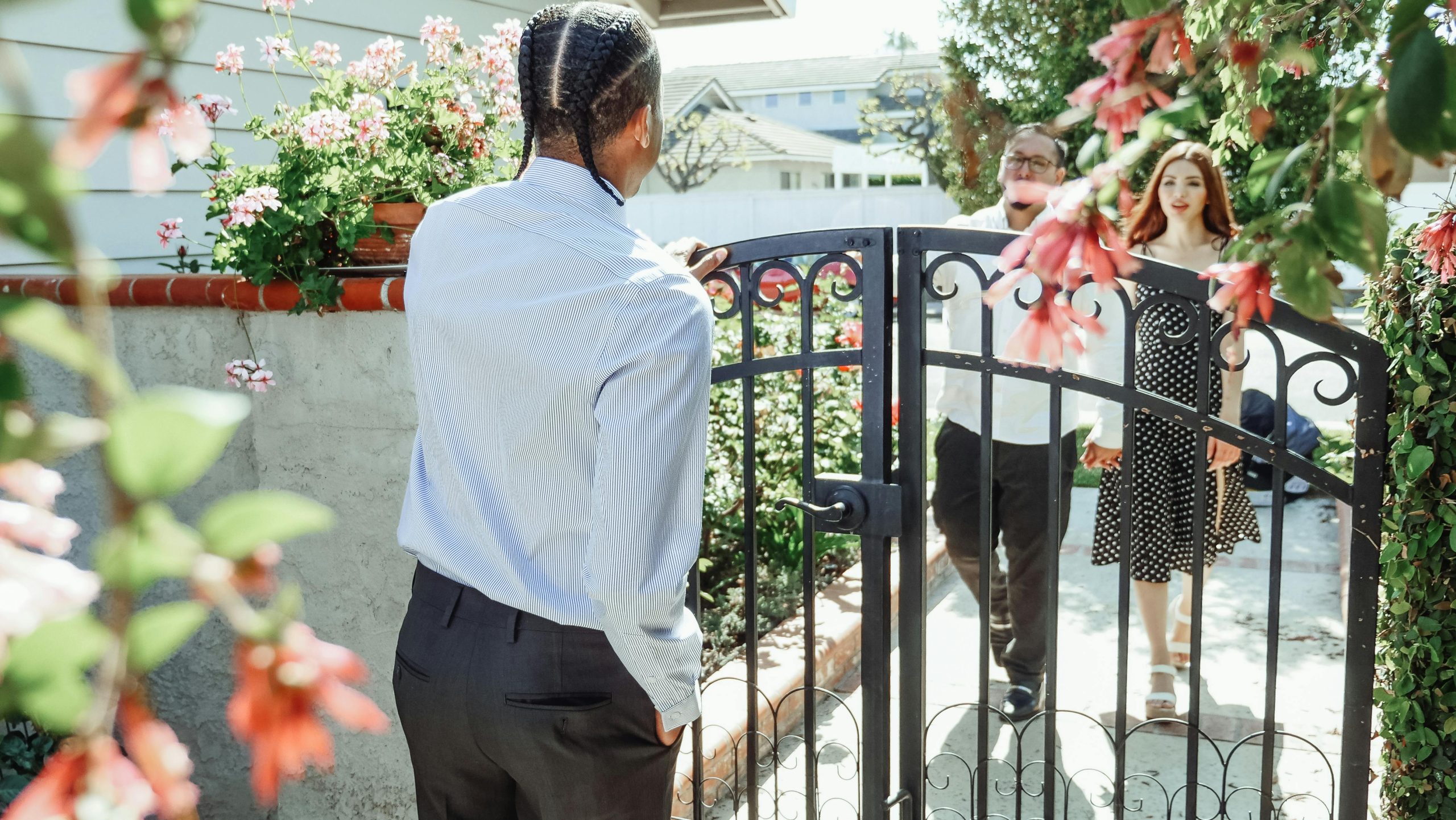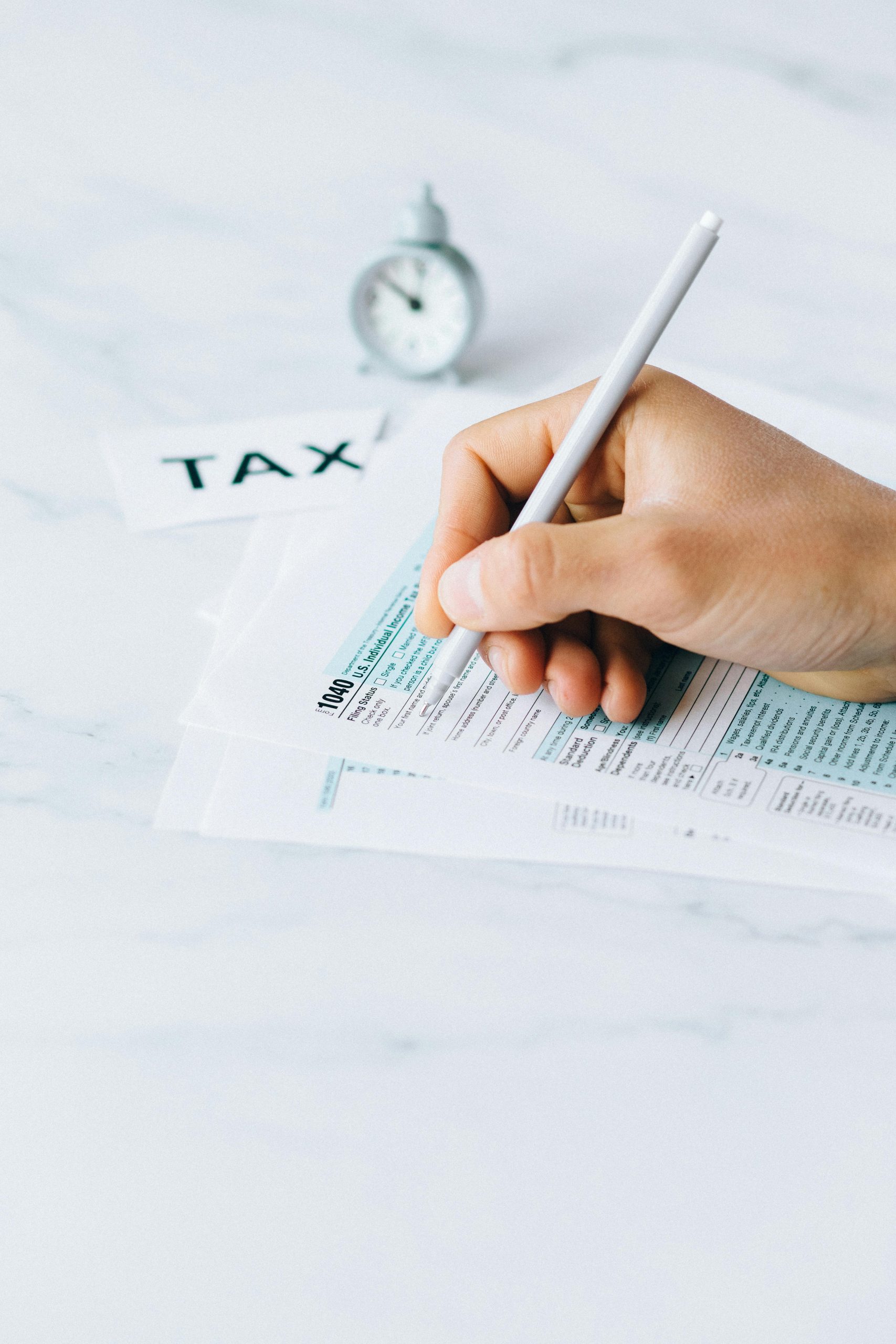Understanding Liability Coverage When You’re Not Behind the Wheel
Navigating the intricacies of auto insurance can be confusing, especially when you’re not the one driving but still involved in an incident. If you’ve ever wondered whether your insurance provides protection in such scenarios, you’re not alone. Here’s a real-world example to shed some light on the topic.
Scenario Overview
Imagine a situation where a pedestrian, not the vehicle owner, unintentionally causes damage to a parked car. For instance, a 19-year-old, while goofing around in a parking lot, attempts to hop into a friend’s truck through the passenger window. His knee strikes the door so hard it results in a noticeable dent requiring professional repair. The vehicle’s owner, meanwhile, is driving elsewhere and has liability coverage through USAA.
Key Questions to Consider
- Will the insurance policy of the driver or the pedestrian cover the damage?
- Is it advisable to reach out to the insurance company simply to inquire, or could that impact the insurance rates?
Insights for Policyholders
Liability insurance typically covers damage caused by the policyholder or, in some cases, when they are at fault. However, coverage can vary depending on the specifics of the policy and the circumstances. Since the pedestrian was not the driver, their liability coverage might still be relevant if the insurance considers them responsible for the incident. It’s essential to review your specific policy details or consult directly with your insurance provider to clarify coverage terms.
As for contacting your insurer to ask about coverage—generally, inquiring about your policy’s protections does not negatively influence your premium. Insurance companies expect questions and evaluations of coverage, especially in unique situations like this.
Final Thoughts
While situations like these can feel a bit embarrassing, transparency and proactive communication with your insurance provider are advisable. They can help clarify what’s covered, guide you through the claims process if necessary, and help you understand any potential impact on your rates.
Remember, accidents happen, and understanding your policy ensures you’re prepared and protected—even when you’re not the one driving.
Disclaimer: This blog post is for informational purposes only and should not replace professional legal or insurance advice. For specific concerns, contact your insurance provider directly.



